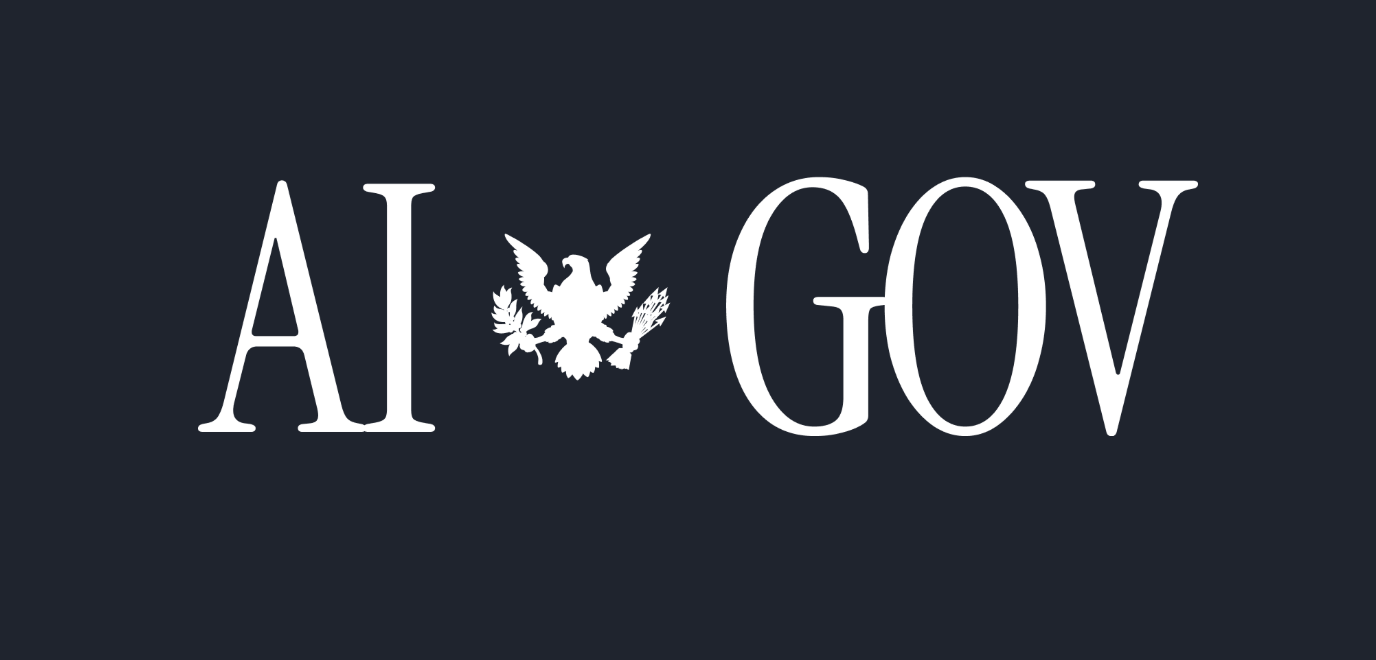
DJI, the leading manufacturer of civil drones and creative camera technology, has announced a major update to its geofencing system, set to take effect in the United States on January 13, 2024. This update will impact most consumer and enterprise drone products, coinciding with recent regulatory changes in Europe and aligning with the Federal Aviation Administration’s (FAA) Remote ID objectives.
The updated DJI Fly and DJI Pilot flight apps will replace previous geofencing datasets with official FAA data, transforming areas that once were considered Restricted Zones, or No-Fly Zones, into Enhanced Warning Zones. This shift allows operators to receive in-app alerts when flying near FAA-designated controlled airspace, ensuring that drone pilots retain authority over their operations while remaining accountable for safety.
To access the update, operators simply need to connect their flight app to the internet and click ‘Update’ on the FlySafe pop-up notification.
Introduced in 2013, DJI’s GEO system was initially a voluntary safety feature designed to guide users away from restricted airspace, such as around airports and government facilities. Since then, DJI has pioneered numerous safety measures in the drone industry, including altitude limits, autonomous return-to-home technology, and obstacle detection capabilities.
This geofencing update has already been implemented in the UK and several EU countries, with further expansions across Europe expected later this month. While DJI continues to innovate in drone safety and compliance, the company urges operators to conduct all flights in compliance with local laws and to seek airspace authorization for flights in Enhanced Warning Zones through the FAA.
As drone regulations evolve globally, DJI reaffirms its commitment to promoting responsible flying practices and enhancing safety for everyone in the airspace.



